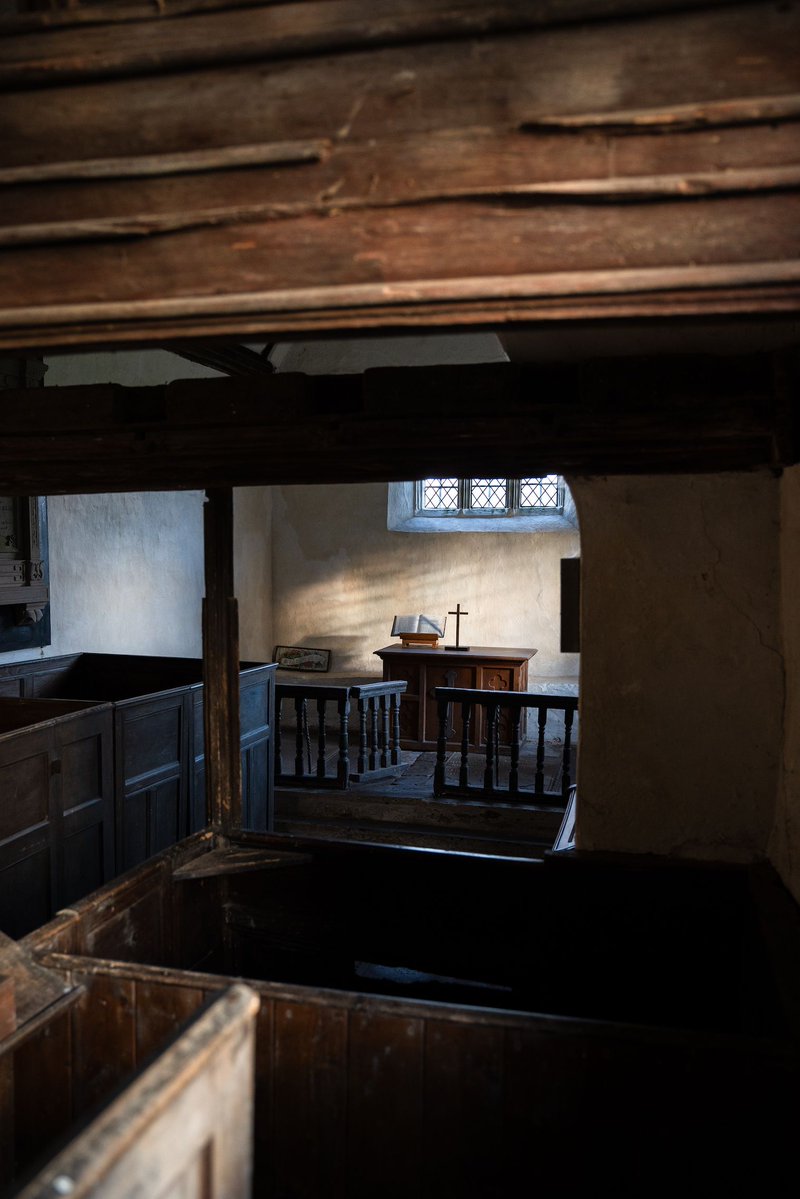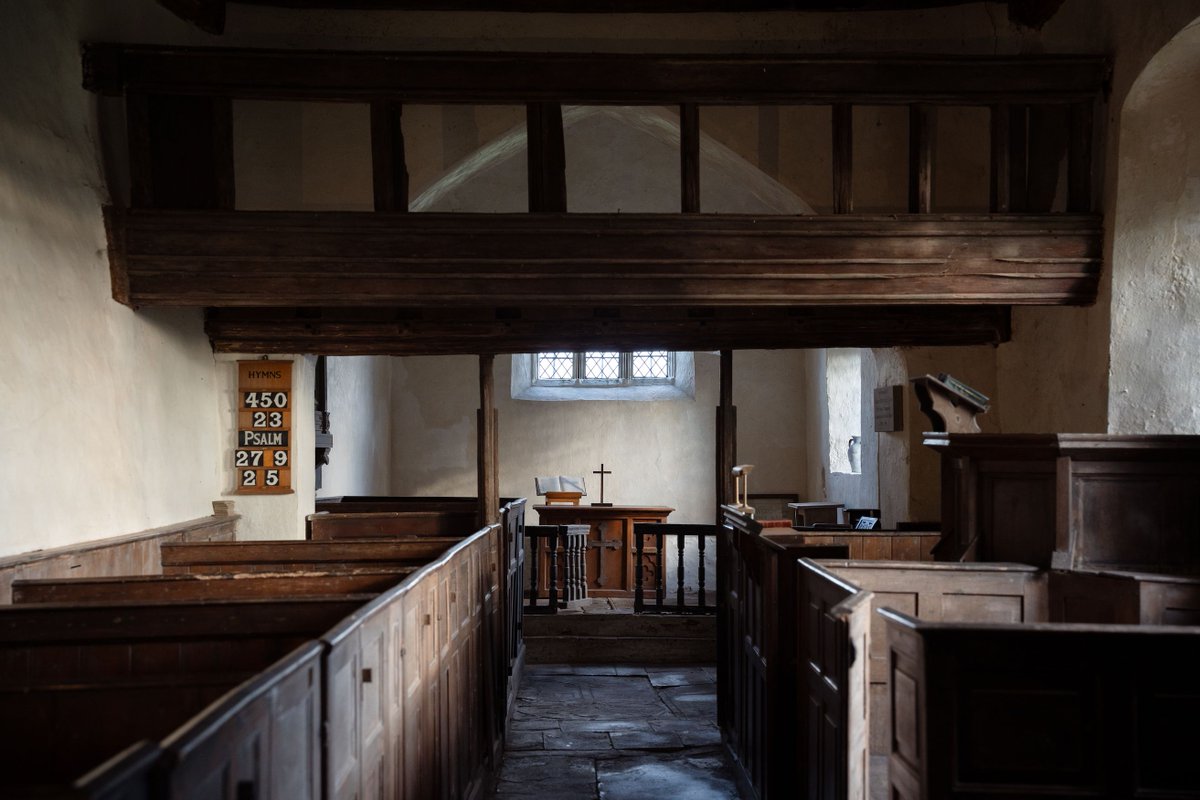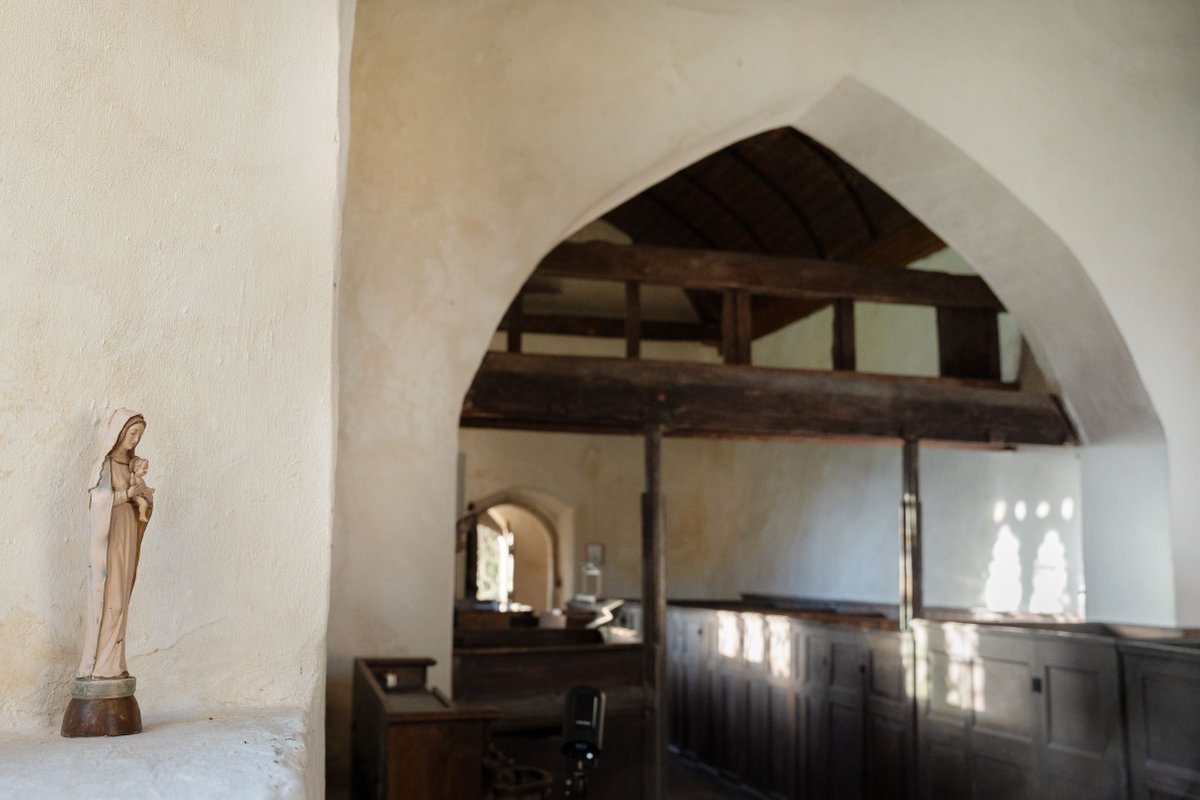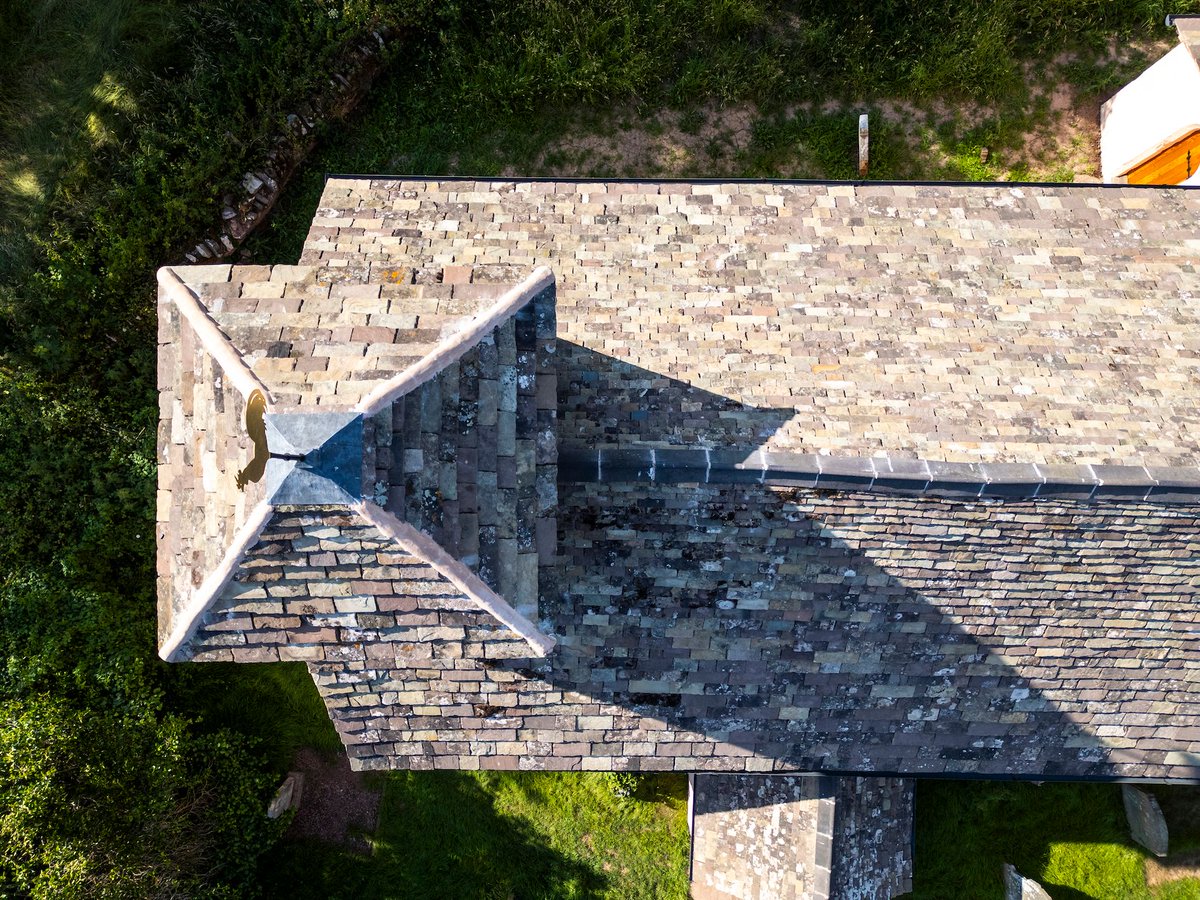Old churches can offer a welcome refreshing respite from hot weather. But why do historic places of worship tend to stay so deliciously cool in the summer?
This is primarily down to three key factors, says Architect and FoFC trustee Kirstie Robbins ...
@eitsrik01
This is primarily down to three key factors, says Architect and FoFC trustee Kirstie Robbins ...
@eitsrik01
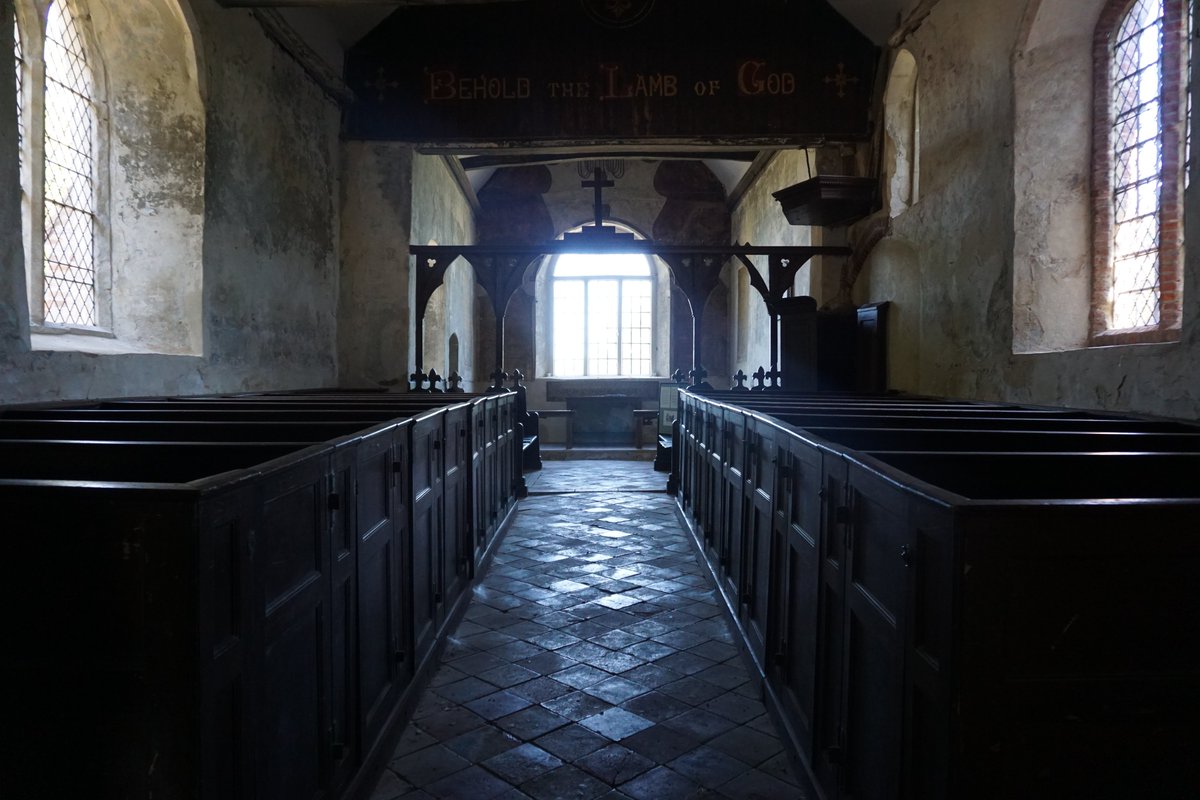
1. *Thick walls* — these absorb the sun's energy relatively slowly, so even though the outer face might warm up, it remains cool on the inside. And at night, when the temperature drops, the heat that the wall has absorbed radiates back into the cooler air. 

2. *Small windows* relative to the size of the building — which limit solar gain.
📷 All Saints', Ballidon, Derbyshire photographed by C B Newham @cbnewham
📷 All Saints', Ballidon, Derbyshire photographed by C B Newham @cbnewham

3. *Few doors* relative to the building volume, and relatively infrequent opening and closing — a combination that minimises the opportunity for the cooler air inside the church to mix with warmer outside air. 

Of course, these features have their limits. After a heatwave, the wall's thermal mass might be exhausted to the point that the warmth does reach inside the church. However, on the whole, Kirstie says that these heat-busting benefits are a "win-win for traditional construction!" 

Most of our churches in England and Wales are open daily.
Find the nearest to you: bit.ly/3jtoIbd
#ChurchesAndChill #Heatwave2022
Find the nearest to you: bit.ly/3jtoIbd
#ChurchesAndChill #Heatwave2022

• • •
Missing some Tweet in this thread? You can try to
force a refresh











